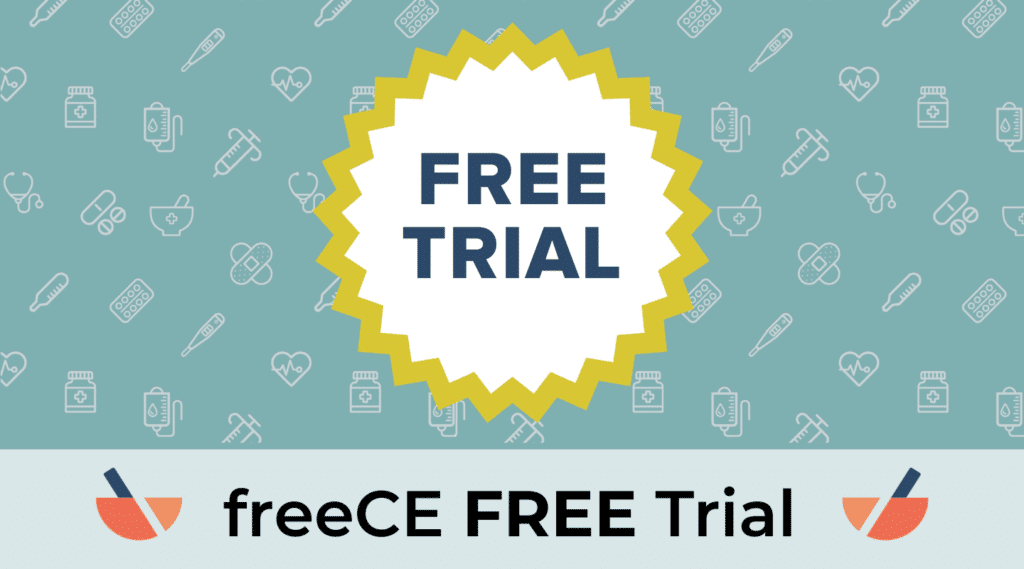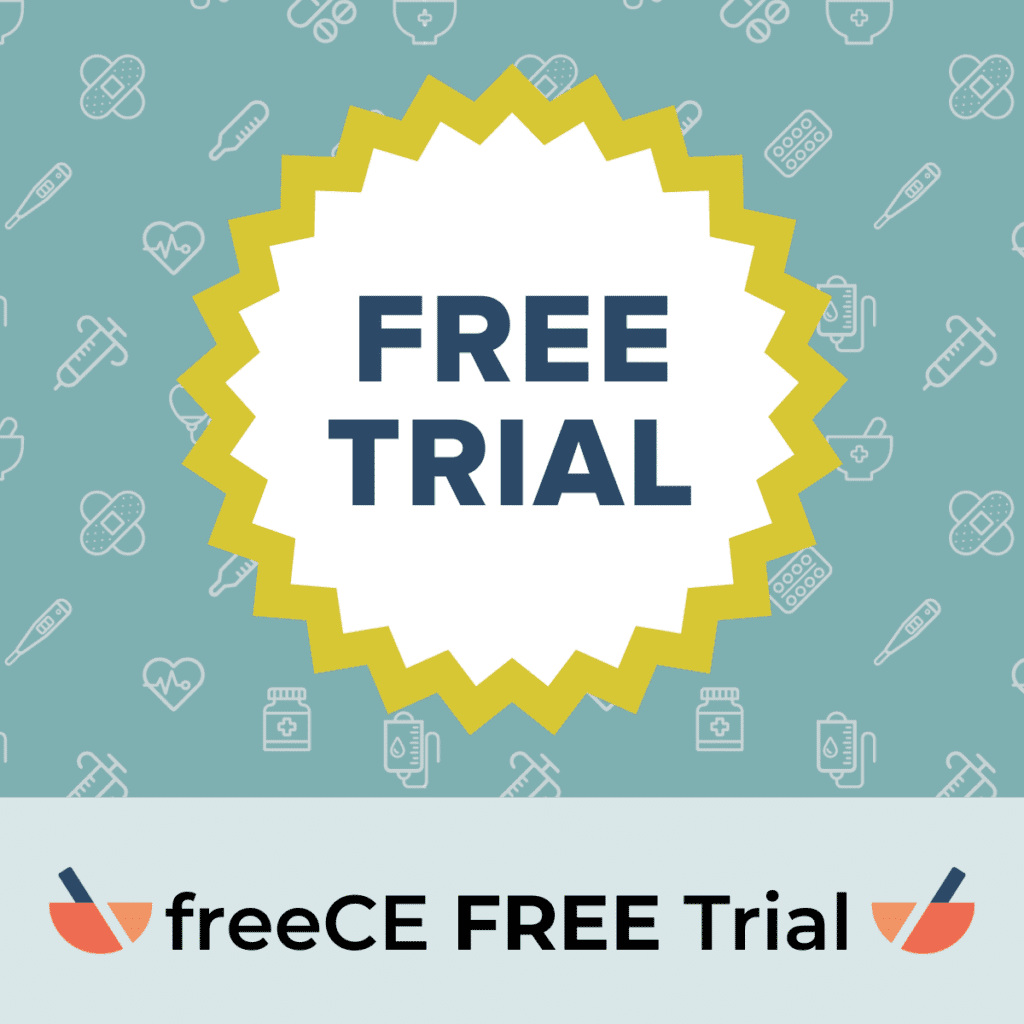Table of Contents
Understanding the Impact of Medication Costs on Patient Adherence
Medications don’t work if our patients don’t take them. There are many reasons patients may not take the prescribed medication, but we for the purpose of this article are going to focus on the cost to the patient. The patient’s prescription may be an expensive drug prescribed for the condition with a high copay or deductible or the patient may not have insurance.
Navigating High-Cost Prescriptions
As our first example let us look at an expensive drug for the condition such as Mebendazole for pinworms. Pinworm OTC (pyrantel pamoate) is 9.68 at a local chain. Emverm 100mg (mebendazole) WAC 617.65. This is a very large price difference, and many insurances will not cover Emverm. It is important to treat the condition and then again in a couple of weeks to prevent reinfestation. Treatment may be a challenge when the children are infected and do have coverage through a Medicaid program for the Emverm but the parents must pay cash. This is a great example of using your knowledge and thus being able to recommend to the parents an affordable alternative such as Pinworm OTC.
Treating Herpes Keratitis with trifluridine 1% eye drops costs 178.35 whereas treating it with Valcyclovir 500mg tablets #20 is $7.60. One pharmacist I know had a patient come to his store with a script for the trifluridine eye drops and it was not covered on her Medicaid card. It was a Friday afternoon and the office the script came from was closed. This pharmacist knew how important it was to start the medication immediately, so he went the extra mile and called the eye doctor’s other office in another town. He explained the situation and the physician agreed that valacyclovir would be a better choice than the eye drops and had the pharmacist make the switch. Later when recounting the story to my niece who is an optometrist, she declared that the caring pharmacist indeed saved this lady’s eyesight. This is why knowing treatment options is so important.
Support for Uninsured Patients
Our next challenge is how to provide medications to patients who do not have insurance. There are many pharmaceutical company programs available that provide medication to these patients at no charge. There are also discount medication programs available that can be used at your local pharmacy or some that are mail order. Some of these programs are:
- rxassist.org – This is the most comprehensive listing of pharmaceutical company free programs and my go to.
- rxoutreach.org – This is a mail order pharmacy. They request that the patient be at 400% of the Federal poverty level. In 2024 for a household of two this is $81,760. Their prices are very reasonable, and patients can use this source regardless of their insurance or immigration status. Patients can be on Medicare, Medicaid, or another health insurance and still qualify for Rx Outreach. A patient’s immigration status can make getting medications for them a challenge so this is a great resource for those patients who may not have a social security number.
- goodrx.com – This program is a discount card to be used at your local pharmacy. The prices vary so it is important to do a search to see which local pharmacy has the best price.
- goodshephealth.com – Good Shepherd is a mail order pharmacy. They charge $25 for 5 or fewer medications and $50 for 6 or more prescriptions per month. They ship prescriptions every 3 months. Their diabetic supplies are at their cost so patients can purchase meters, strips, and needles very reasonably.
- donatemymeds.org, RemediChain – A unique service of Good Shepherd Pharmacy is that they can supply some oral chemotherapy medications. Phil Baker, PharmD, cofounder of Good Shepherd Pharmacy and RemediChain, has established this program. Medicine transfers take place when a family of a cancer patient donates unused medication for cancer to the organization. Then RemediChain, which is the logistical backbone of Baker’s recycling concept, then matches those donated medicines with the most appropriate patients in multiple US states. RemediChain is operated by Good Shepherd, and they accept unopen, unexpired oral medications, primarily being chemotherapy. Individuals and healthcare providers can go to www.donatemymeds.org and either donate a medication or request a medication if in need. RemediChain gathers any missing information, such as manufacturing and expiration dates for the donated chemotherapy medications. “[These are] meds that have been dispensed to patients, that they never opened, that are unexpired, in the original packaging,” says Good Shepherd’s founder Philip Baker. “Literally, in pristine condition.” After inspecting the donations, Baker says, “we can re-dispense them to people who would not otherwise be able to afford their chemotherapy.” The staff at RemediChain inspects the donated medication to determine whether the company and patients can use them. Treatment with cancer medications can be very wasteful. One study in a cancer center in Iowa saw that 41% of patients they studied did not use all their medications. The average monthly cost of an orally administered chemotherapy drug can be $14,000. Insurance can cover costs if the patient has insurance but as we know, the copays can be over $2,000. When the copay is that high researchers have found that approximately half of the patients will not pick up the first fill of the medication from the pharmacy. Not all states allow the “recycling” of unused medication. There are about 38 states that allow it as of 2018 according to the RemediChain website.
Managing Diabetes on a Budget
In this next scenario, we have a patient with diabetes and an A1C of 9. John cannot afford the high cost of insulin and the testing supplies to treat his diabetes. He does not have insurance and is a citizen of the United States. We can use the rxassist.org program and under the Lillycares program apply for both Basaglar and Humalog for our patient. For a household of two the income must be under $78,880. John can get a 4-month supply at a time and it can be sent directly to his home with an automatic refill every 4 months. John can purchase a blood glucose monitor at a local chain for $20; strips vary in price and can be purchased for $16.50/100. Generic pen needles may cost $10/100. So we see that even though the insulin may not cost our patient anything the supplies to manage his diabetes are still costly.
If our patient does not have insurance is there a free clinic in the area? Free clinics usually have a mix of paid and volunteer providers. The clinic should have a medication room and provide generic medications at no cost to the patient. The staff at the clinic has access to free medication from various resources such as:
- directrelief.org – This organization provides medication and supplies at no charge to qualifying clinics. They supply generic medications and over-the-counter health and beauty aids.
- usprogram.americares.org – Americares provides generic medications to qualifying clinics. They provide the medications in bulk and one may get 12 bottles of 1,000 of a medication but only need one. So the quantities may be much more than needed by a small clinic.
- Local affiliated hospital – Many clinics partner with local hospitals and the hospitals may be able to provide the clinic with needed generics at a reasonable cost.
Innovative Solutions for Medication Accessibility
We have looked at several excellent resources to solve our dilemma of expensive medications, high copays, high deductibles, or no insurance. We also looked at using our therapeutic knowledge to be able to provide a patient with a reasonably-priced medication. We as pharmacists can help our patients take their medications by making them affordable using these resources. Knowledge about available programs is certainly an important part of dispensing as a pharmacist as is our therapeutic knowledge.






